Optimizing usability, meeting regulatory requirements, and reducing risk
We closely couple our human factors efforts with our design and development activities so that human factors are appropriately considered throughout development. Our focus on the user is central to defining users’ goals and needs, helping designers embody solutions that meet these needs, and ensuring these solutions maintained during development.
Our efforts in healthcare benefit not only from a thorough understanding of the science of human factors, but also a detailed knowledge of the regulatory framework in which human factors engineering needs to operate. This awareness allows us to appropriately apply human factors methods and design principles to create optimal workflows and user experience design that reflect users’ expectations and mental models.
Our iterative approach working with users repeatedly throughout development ensures that potential sources of risk of use error are mitigated as early as possible in the design process. We deliver a thorough understanding of how users might be expected to operate the devices that were built for them.
Activities:
Expert review and heuristic analyses
Anthropometric and cognitive analyses
Usability testing – early and late stage formative, and summative evaluations
Risk management of use-related risk – fault tree analysis, UFMEA
Development of training, quick start guides and instructions for use, and labeling
Outputs:
Human factors plan
Usability test reports
Instructions for use
Risk analysis reports
HFE documentation

